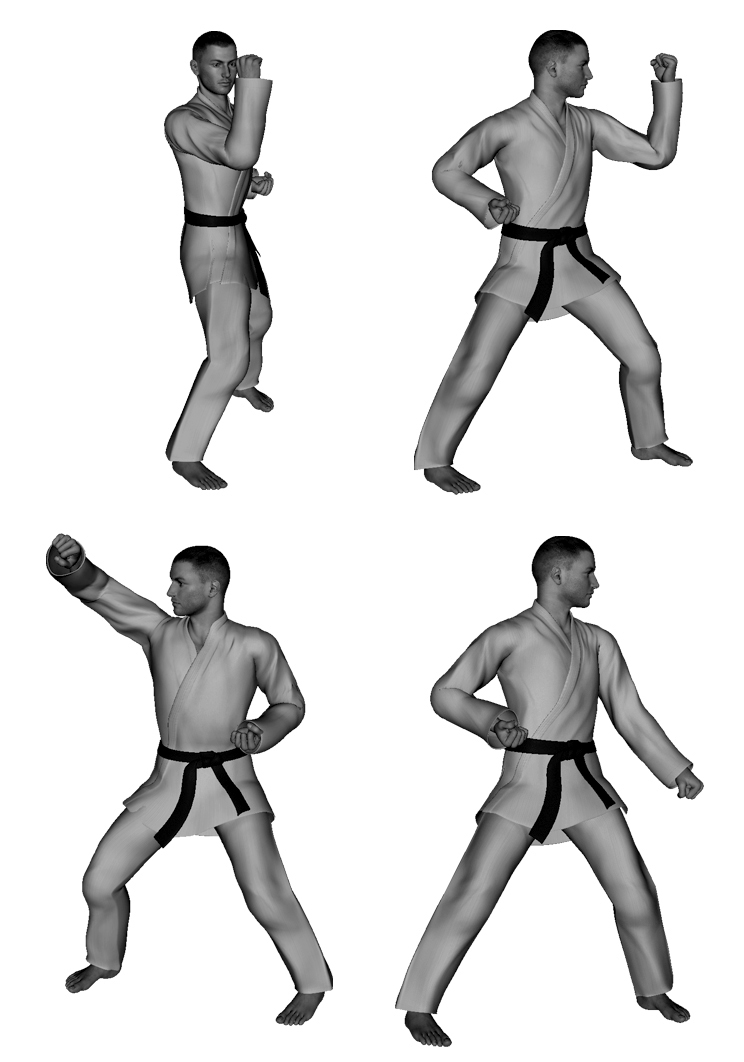
In order to properly analyze Short Form One, one must first become aware of all the basics that are employed in its execution. Since the first four forms (the one’s and the two’s) are considered the “dictionary” forms (i.e. they define motion), the emphasis on highlighting the basics is of greater significance than in the higher forms. In contrast, the higher forms (short 3 and above) tend to have more emphasis on theories and concepts over basics.
Also, by clarifying the utilized basics in Short Form One, one can begin to see its symmetry. Glancing at the “Quick Reference of Basics” section, one can quickly see that uniformity and consistency exists throughout the form. Each basic has its matching opposite. Nothing is left unmatched. This uniformity is important, because it sets the tone for analysis of the rest of the forms in the system. One should conclude that this symmetry is not by chance, but by design. SGM Parker was purposely meticulous in his design of the forms in American Kenpo.
The “Basics Utilized in Short Form One” section gives a more detailed analysis to each employed basic. This detail is provided to help in understanding the implementation and emphasis of each basic (by providing intent and method) and for remembering each step of the form (by providing direction, position, focus, and side). With this analysis, it is fairly straightforward to re-assemble the correct execution of Short Form One.